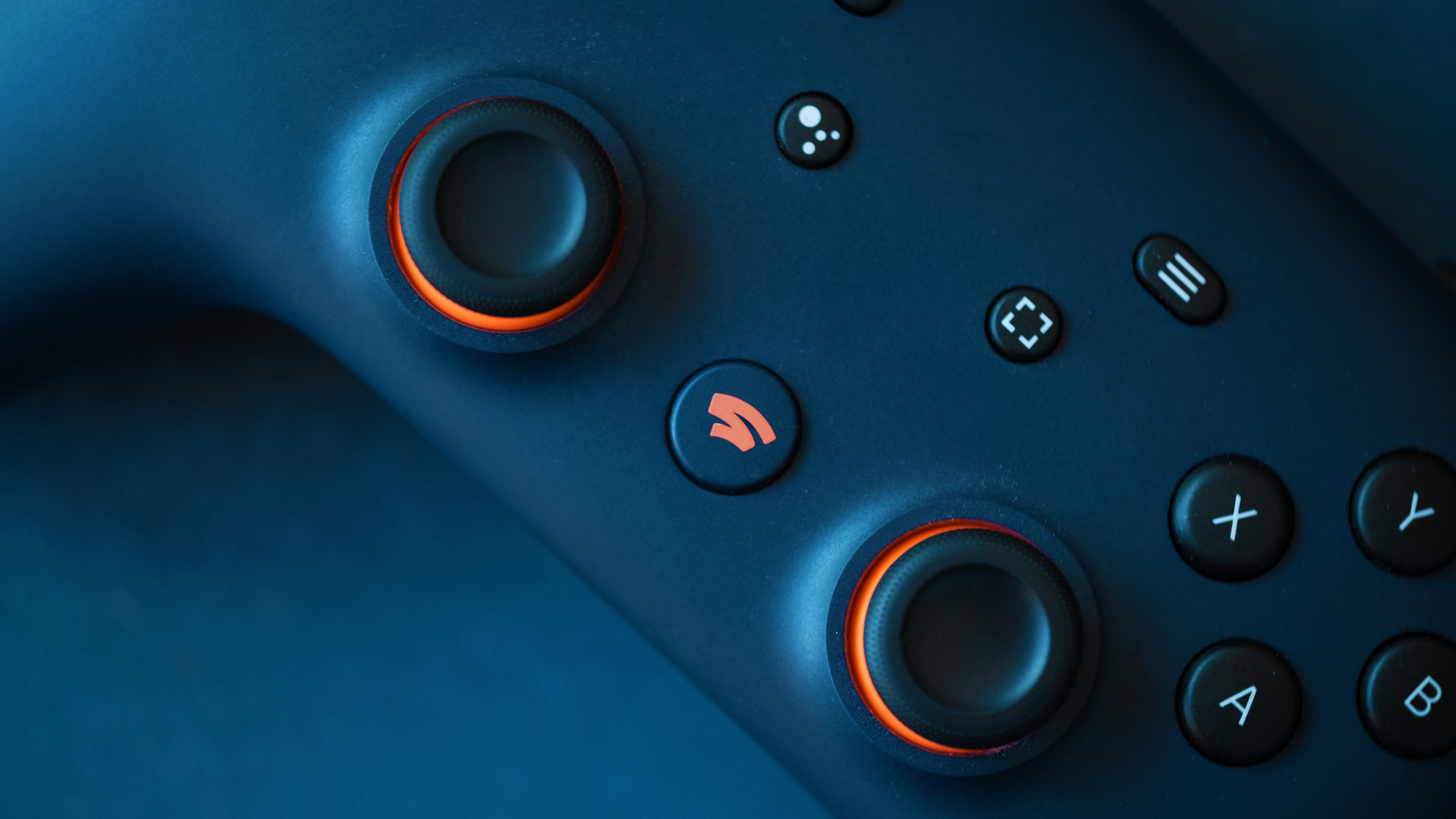
When cloud gaming hit the scene, it felt like a huge opportunity. GPU shortages caused by crypto miners and later COVID supply chain shortages meant I was priced out of building a gaming PC. Next-gen consoles like the PlayStation 5 and Xbox Series X were right around the corner, but cloud gaming promised better performance without purchasing any hardware.
So when Google Stadia was announced, I was all in. I placed my pre-order for the Founder’s Edition on day one and eagerly awaited the launch date of November 19, 2019 (five years ago today).
We all know how that turned out, but looking back, I still wouldn’t change a thing. It helps that Google returned all of the money I spent on hardware and games when the service was discontinued, but for me, Stadia represented a real turning point in my life.
A service designed for me
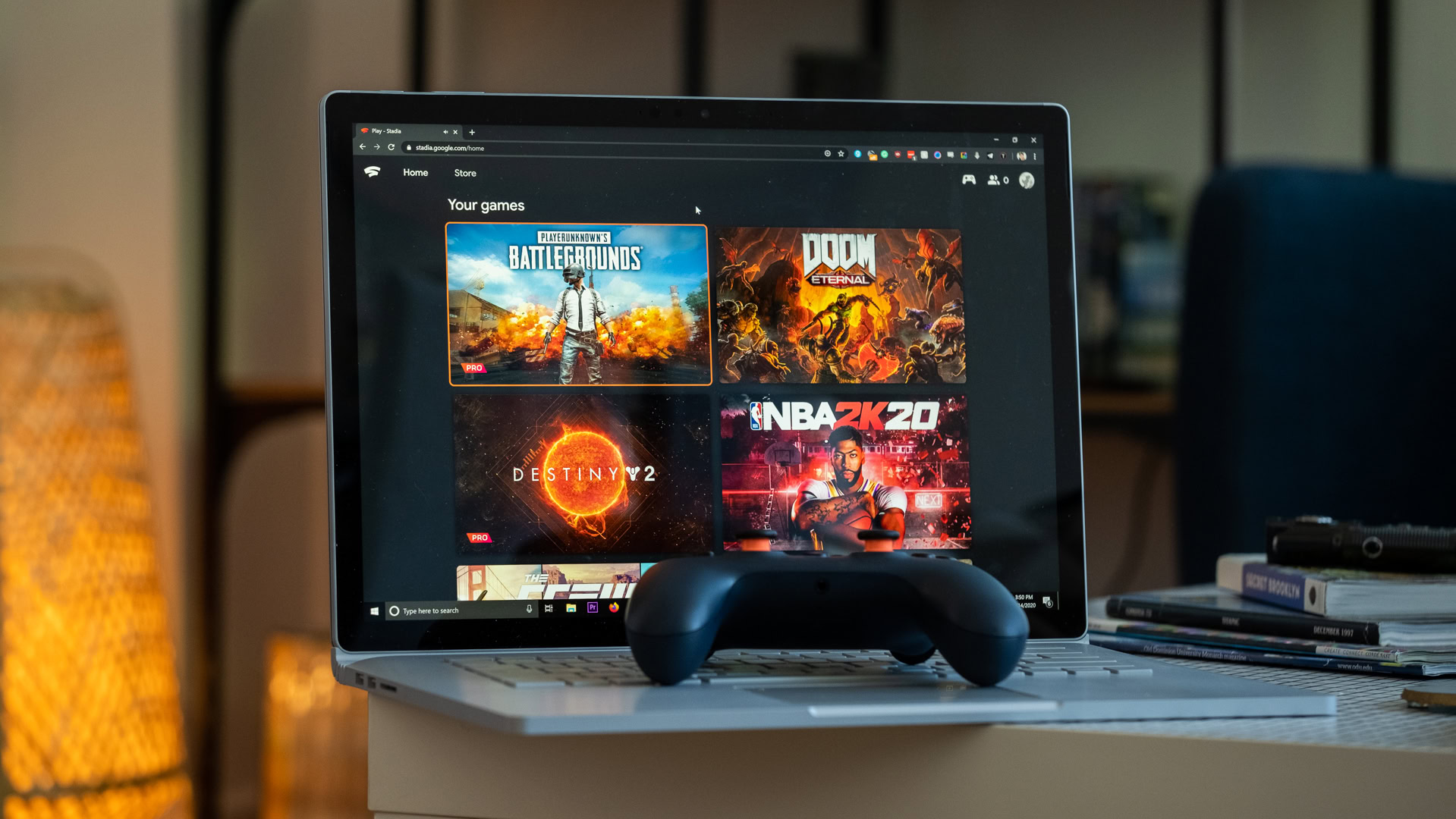
Releasing a cloud Chromebook after kililng Stadia?
At the time, it felt like Google Stadia was specifically designed for me: a millennial father with a small child. It offered flexibility without commitment, and while the games weren’t overly exciting, I hadn’t played any AAA games in nearly a decade, so everything was new to me.
From the first moment, the platform blew me away. Performance was shockingly good, and although I hadn’t owned a console since 2006 (not including the Switch), I was surprised by the lack of latency. To this day, no other cloud gaming platform I’ve tried has come even close when it comes to latency.
I have fond memories of playing Destiny 2 on the big screen in the living room with my infant daughter sleeping on my chest, as well as taking a gaming getaway on my phone while at the in-laws’ for Christmas. Playing games anywhere and on any device truly felt like magic.
Using Google Stadia literally felt like magic.
That initial experience rekindled my love for gaming. The seamless experience of playing on a Chromecast, the community of enthusiastic dad gamers, and the promises of more upcoming features were electric. I hadn’t been this excited about gaming since I was a child.
But perhaps more importantly, despite having a small group of dedicated supporters (many of whom are still talking about the good old days on the Stadia subreddit), it never gained mainstream appeal. Stadia fans often cite poor media coverage for this, but the truth is that the blame lies entirely on Google. The tech was there from the beginning, but everything else was a hot mess.
So while I still miss those exciting first months, the world (including myself) has moved on. Cloud gaming hasn’t disappeared, but Stadia’s demise showed that it isn’t going to reach critical mass any time soon. And now, with the rise of AI, large companies are much more likely to use that compute for LLMs than niche gaming services.
My new paradigm
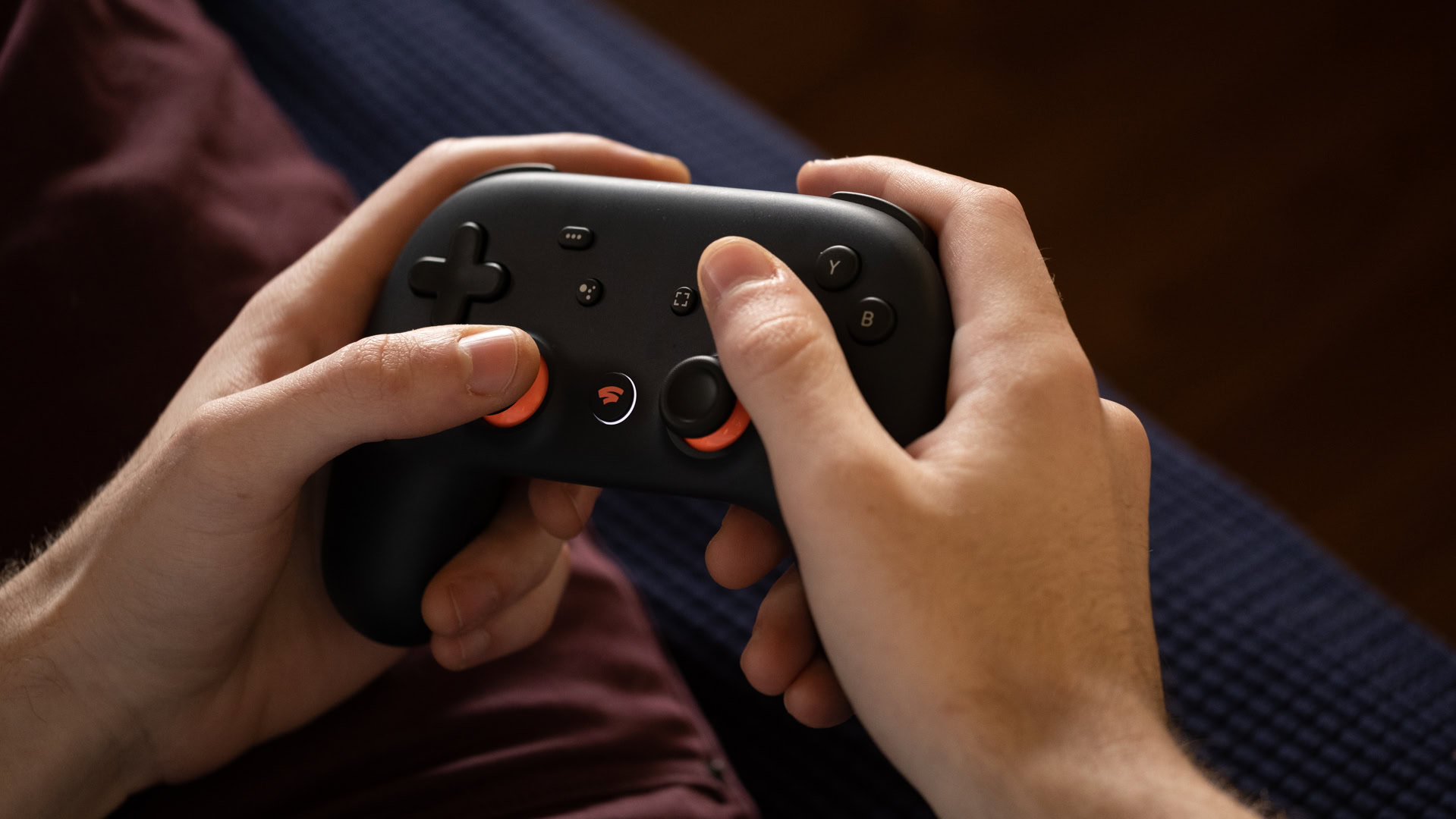
While Google Stadia and cloud gaming as a whole never met their potential, they did reawaken a love of gaming in me that hasn’t gone away. While I briefly tried other cloud gaming platforms like GeForce Now, Xbox Cloud Gaming, and Amazon Luna, none captured the same magic. They feel like playing on a PC, and I’ve already built a gaming PC in the intervening years.
But a relatively new category does bring something new to the table: the burgeoning market for gaming handhelds.
For me, gaming handhelds are the new hotness.
The Steam Deck might have opened the floodgates, but the ROG Ally was the first one that really sold me on the form factor. I’ve recently gotten other emulation-focused handhelds running Android or Linux for dirt cheap, which feels like an entirely different kind of revolution.
In a way, it’s ironic how the entire Stadia situation played out for me. While Google was trying to get everyone to think big with a global cloud gaming platform that could hardness multiple GPUS to provide experiences PCs and consoles couldn’t even fathom, in the end, I settled on a device that’s barely more powerful than a phone.
Do I wish I could still play Stadia on my $50 handheld? Absolutely. Would I pay $10 a month for that privilege? Absolutely not. Some things are better left in the past.

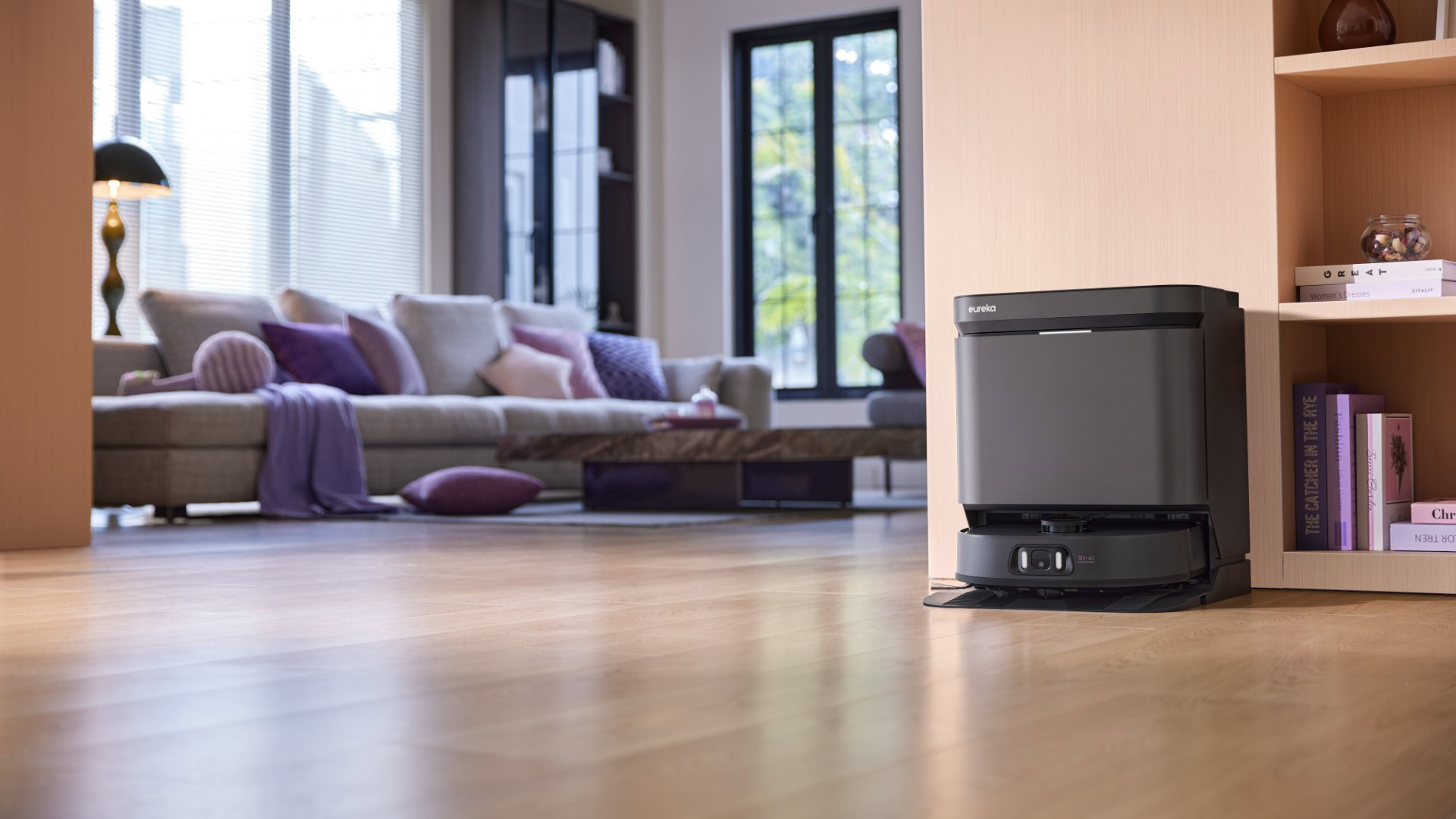
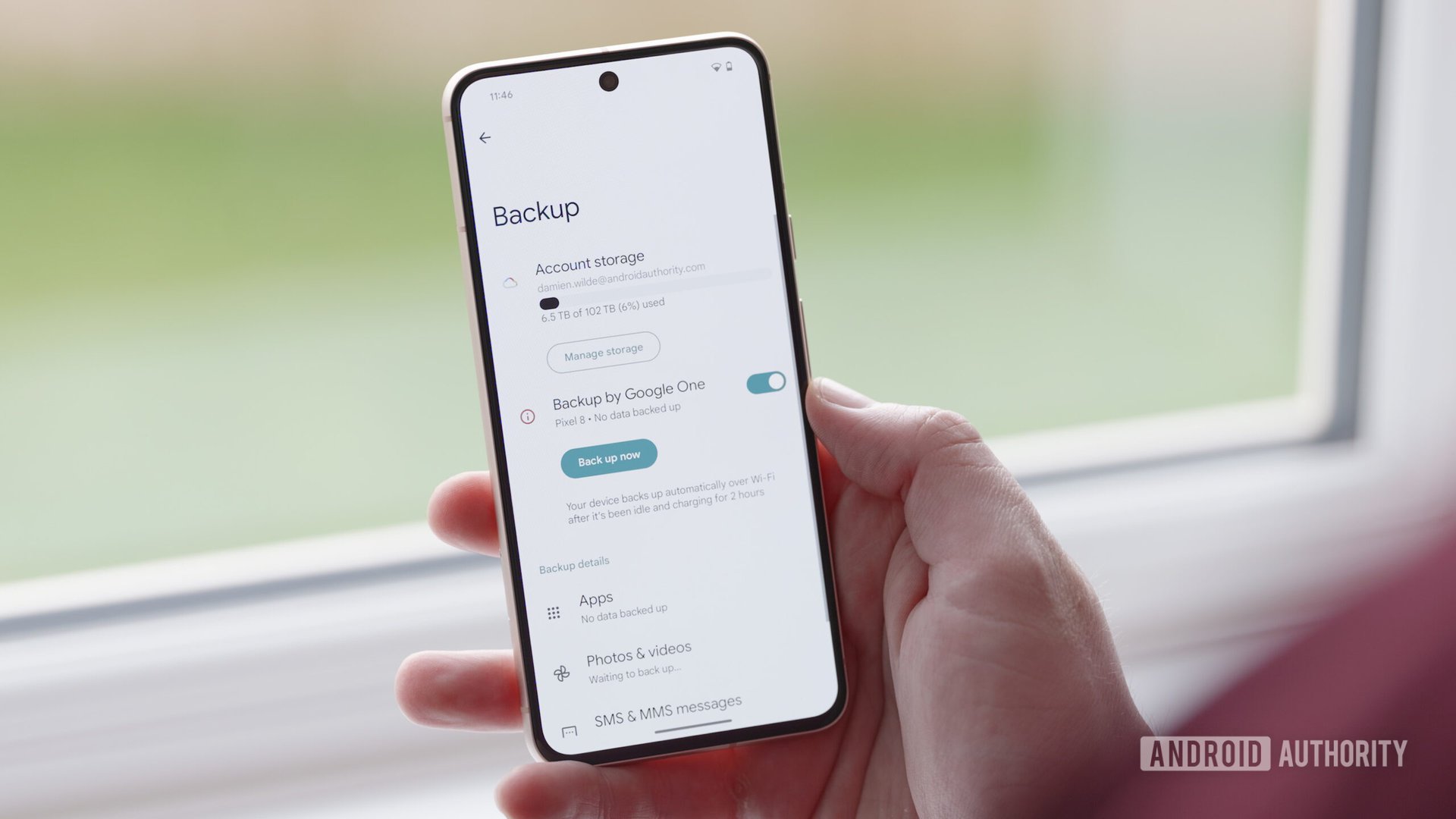




 English (US) ·
English (US) ·